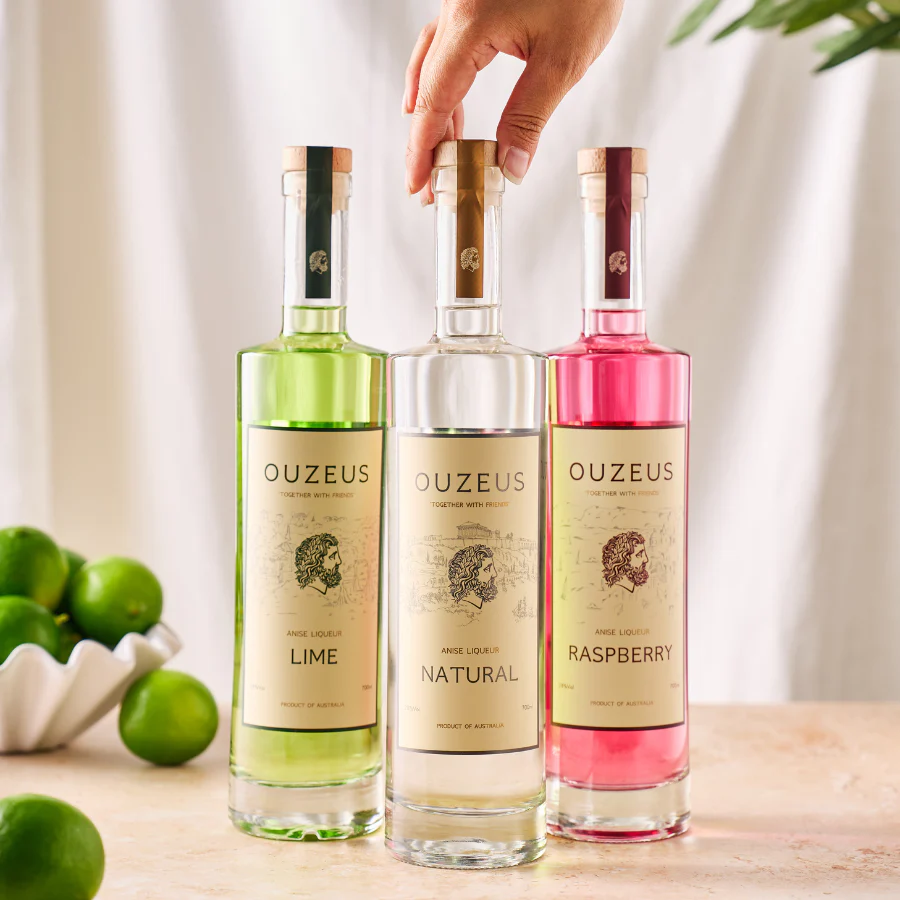Anil Arjandas is a prominent entrepreneur and luxury lifestyle influencer, widely recognized for his distinctive approach to jewelry design and high-end fashion. With a keen eye for detail and an innovative spirit, Arjandas has built a global brand that blends traditional craftsmanship with contemporary aesthetics.
His creations, often adorned by celebrities and tastemakers, reflect a unique fusion of elegance and modernity. Beyond jewelry, Anil Arjandas is known for his presence on social media, where he shares insights into luxury living, travel, and personal style, inspiring a worldwide audience with his sophisticated taste and entrepreneurial journey.


You started designing jewelry as a teenager. What inspired you to pursue this creative path, and how did your first design come to life?
Before launching the brand, I was already immersed in the luxury world through my family’s business, where I was responsible for curating and selecting fine watch brands. This early exposure sharpened my eye for detail and quality, but I still couldn’t find a piece of jewelry that truly resonated with my personal style. So, I decided to create one myself, a bracelet that combined oxidized silver, black diamonds and leather. It was a bold mix, especially for that time, and completely outside the norms of high jewelry. The piece was never intended for sale, but the response was immediate and overwhelming. Within a week of wearing it, I received so many orders that my production collapsed for months. That moment shifted everything, it was the unexpected start of a brand built on intuition, individuality and innovation.
Your brand is known for its innovative use of materials like black gold, black diamonds, and leather. What motivated you to explore these unconventional elements in high jewelry?
These materials form the foundation of the brand’s identity. When I created the first bracelet, it was out of frustration, I couldn’t find anything that suited my style. Everything on the market felt too classic, too conventional. I combined oxidized silver, traditionally used in antique jewelry, with black diamonds, which were rarely used at the time and leather, a material completely foreign to the world of high jewelry. The result was a piece that was aggressive in design and luxurious in price, challenging the industry norms. That initial boldness became our signature. Today, we continue to explore rare materials, often developing our own when the market doesn’t offer what we envision. While the process can be complex, it is precisely this commitment to innovation that continues to define the brand.
Can you elaborate on the idea behind the “wristgame” concept and how it has influenced modern jewelry styling?
The “wristgame” evolved naturally from my approach to wearing jewelry. I was never drawn to oversized statement pieces, but I also found a single bracelet too minimal. So, I began stacking bracelets, each one different in design and meaning, but curated cohesively. This became a visual language of self-expression, where each piece told a story or marked a moment. As this look started appearing on social media, particularly Instagram, it gained traction and eventually became a movement. Today, “wristgame” represents a new way of styling jewelry, layered, personal and fluid across genders and styles.
You’ve worked with numerous celebrities, including Halle Berry and J Balvin. Could you share a memorable experience or collaboration that stands out to you?
Every interaction with public figures has been organic and rooted in mutual admiration. The brand has never relied on paid endorsements; instead, these relationships developed authentically. When someone connects with the pieces on a personal level and chooses to wear them in their everyday life or performances, it becomes a true reflection of the brand’s ethos.
One moment that stands out was early in the brand’s journey, when a well-known Spanish celebrity reached out after discovering my designs. She wore the pieces regularly and, for several years, even chose to wear them while hosting Las Campanadas de Fin de Año, Spain’s most-watched televised event, despite receiving major offers from other brands. The fact that she consistently chose my creations out of genuine love for the brand was a powerful affirmation and a proud way to end each year.
Your brand incorporates unique materials like sapphire crystal and TPT carbon. How do you approach material innovation, and what challenges have you faced in introducing these elements?
The integration of materials like sapphire crystal and TPT carbon, often reserved for cutting-edge watchmaking, represents our drive to push boundaries. These materials are incredibly complex to work with, which is why the brand remains one of the only ones using them in jewelry. My approach has always been to create what I feel doesn’t exist. If I envision a design and the material isn’t readily available or compatible, I don’t adjust the idea; I explore how to make it possible. This mindset, while demanding, has allowed us to develop truly exclusive pieces that stand apart from traditional jewelry houses.
Your designs resonate with clients worldwide, including the Middle East. How do you balance universal appeal with catering to regional tastes?
The brand’s appeal is not defined by geography but by a shared mindset. Whether in the Middle East, Europe, Asia, or the Americas, our clients are individuals who seek distinction over conformity. They are not looking for what everyone else is wearing, they want something rare, something that sets them apart. Our pieces are designed for those who don’t seek mere approval, but admiration. They want jewelry that reflects who they are, not just what’s trending. This pursuit of uniqueness and authenticity is what truly connects our global clientele, beyond any regional preferences.
As someone who often sets trends rather than follows them, what do you envision for the future of high jewelry design in the next five years?
High jewelry remains a niche and highly emotional market. On one side, some clients gravitate toward recognizable pieces, those they believe will gain social validation through brand recognition. On the other hand, there is a discerning clientele who choose based on instinct, taste and individuality. It is for the latter that I design. The challenge lies in constantly offering them something rare and extraordinary, especially after more than two decades of innovation. The next era of high jewelry will be defined by artistic originality, extreme rarity and the constant reinvention of what luxury can look and feel like.

Your pieces are crafted by artisans with decades of experience. How important is craftsmanship in maintaining your brand’s identity and quality?
Craftsmanship is fundamental to everything we do. Every piece is hand-set and produced in controlled, small-scale workshops, not in mass-production facilities, as is common even among luxury brands. This allows for meticulous quality control and ensures that each creation reflects the care, precision and excellence that define the brand. Maintaining this standard is essential to preserving the authenticity and integrity of our identity.
With over a million followers on Instagram, how has social media impacted your brand’s growth and your interaction with customers?
Social media, particularly Instagram, has played a pivotal role in the brand’s international growth. It offers immediate and authentic exposure to a global audience, allowing people to see not just the product, but the lifestyle and energy behind it. It serves as a visual diary, showcasing how the pieces are worn, layered and styled in real life. For us, it’s more than a marketing tool; it’s a direct and transparent way to connect with customers and share the brand’s essence beyond a traditional website or storefront.
You’ve expressed interest in technology but remain rooted in traditional design methods. How do you see AI and other tech innovations shaping the jewelry industry in the future?
While I’m deeply passionate about technology, my creative process remains intentionally analog. Every design starts with pen and paper, hand-drawn concepts that are later developed into 3D models. Technology enhances execution, but creativity itself remains a personal and intuitive act. AI holds incredible potential for operational efficiency and data-driven customization, but I believe that true design, especially in high jewelry, requires a human touch. AI may shape many aspects of the industry, but the soul of a creation, its emotional resonance, will always remain a human gift.






